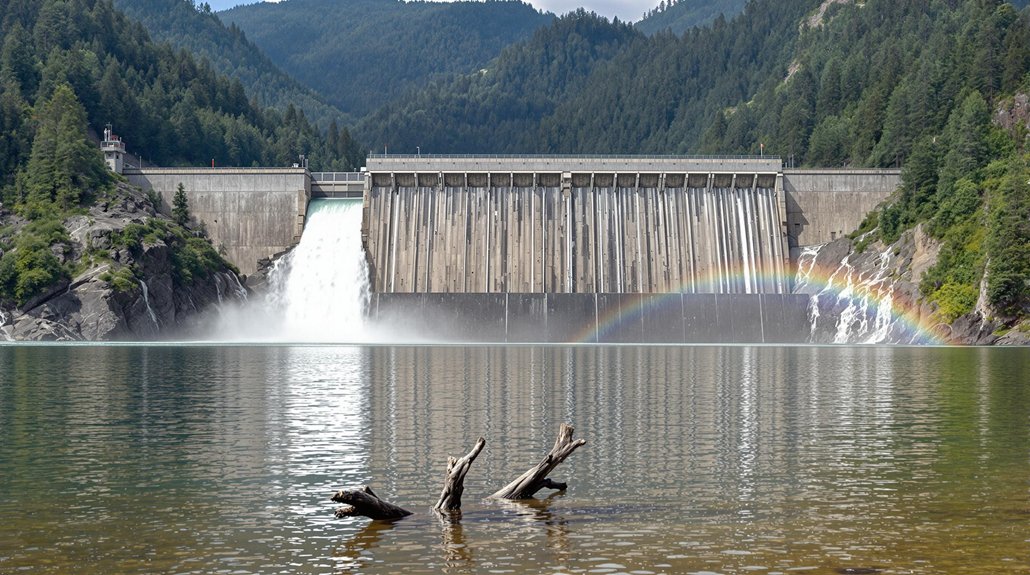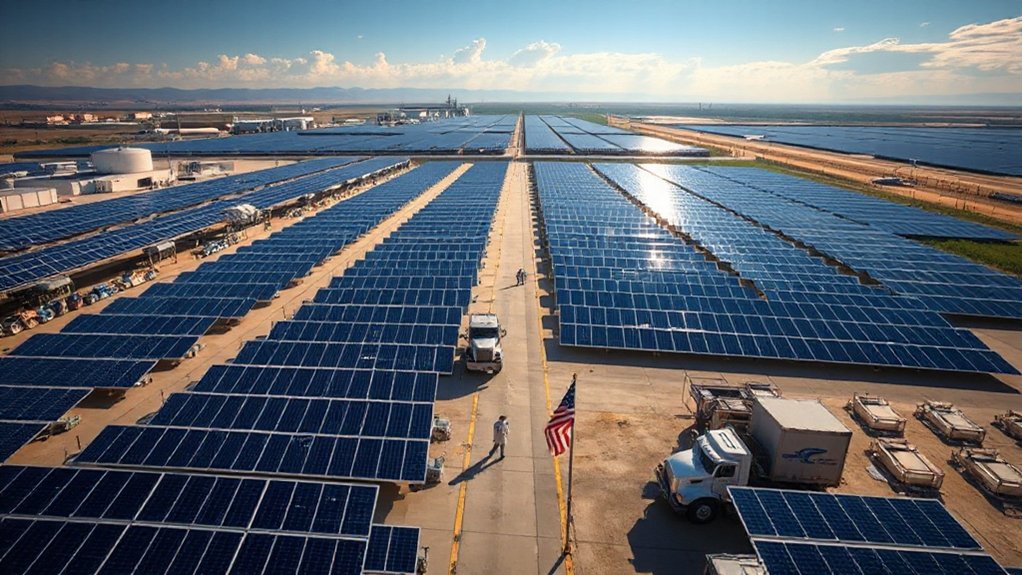Personal carbon offsetting lets eco-conscious folks pay money to compensate for their carbon sins. Projects range from planting trees to installing clean cookstoves in developing countries, with prices between $3 and $50 per ton of CO2. While critics mock it as a guilt-erasing scheme, certified offsets do fund real environmental initiatives. Smart consumers reduce emissions first, then offset what’s left – but there’s more to this green redemption story.

The burden of climate guilt weighs heavy on modern consumers – but there’s a way to buy yourself out of it. Personal carbon offsetting lets people compensate for their carbon-spewing lifestyles by funding projects that reduce greenhouse gas emissions elsewhere. It’s measured in metric tons of CO2 equivalent, and yes, there’s a calculator for that.
Want to feel better about that cross-country flight? There’s an offset for that. Guilty about cranking the AC all summer? There’s an offset for that too. Through various projects – from planting trees to capturing methane from landfills – individuals can theoretically neutralize their carbon footprint. The landscape of carbon offsetting has evolved to include faster, permanent solutions beyond just planting trees. Some airlines even build it right into their booking process. How convenient.
The market for personal carbon offsets is surprisingly diverse. Prices bounce around from $3 to $50 per metric ton of CO2e, depending on the project type and location. You can fund wind farms in India, protect forests in Brazil, or distribute clean cookstoves to villages in Africa. It’s like a global warming guilt-relief shopping spree. Both natural and technological offset options are available to meet different environmental goals. Experts recommend reducing emissions by at least 90 percent first before turning to carbon offsets.
But not all carbon offsets are created equal. The industry has its own VIP list of certifications – Gold Standard, Verified Carbon Standard, and others that guarantee projects actually deliver on their promises. Because let’s face it, nobody wants to pay for imaginary trees or phantom wind turbines.
Critics argue that offsetting is just a way for people to avoid making real changes in their lives. They have a point. It’s easier to throw money at the problem than to give up that gas-guzzling SUV or skip the annual tropical vacation.
But supporters contend that offsetting raises awareness and funds vital environmental projects worldwide. The reality lies somewhere in between. While personal carbon offsetting isn’t a magic solution to climate change, it’s one tool in the emissions-reduction toolbox.
Smart consumers first reduce their carbon footprint where possible, then offset what remains. Because sometimes, money can buy a cleaner conscience – and maybe even a slightly cleaner planet.









